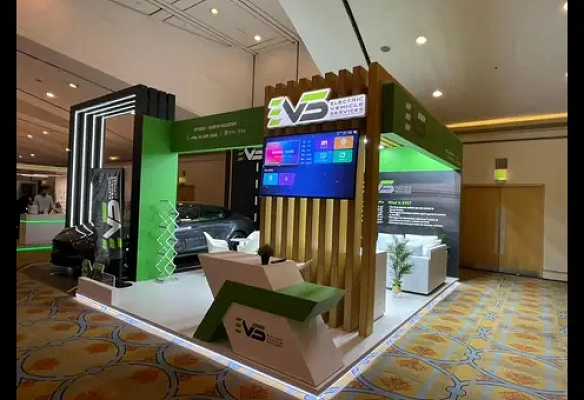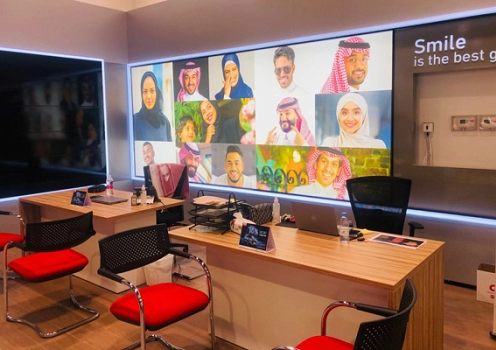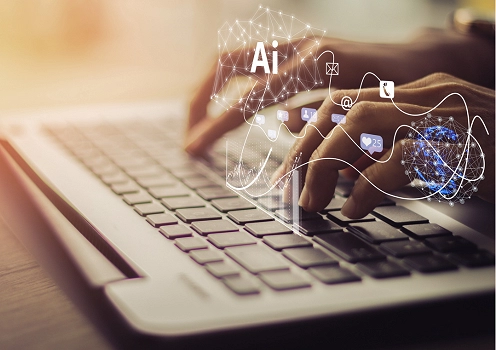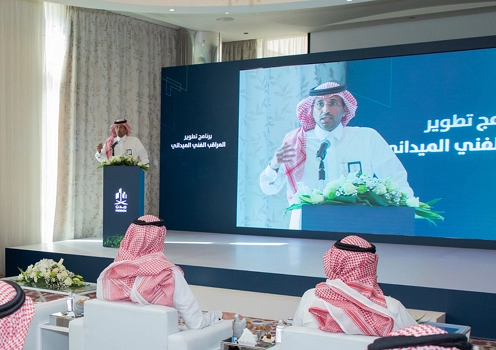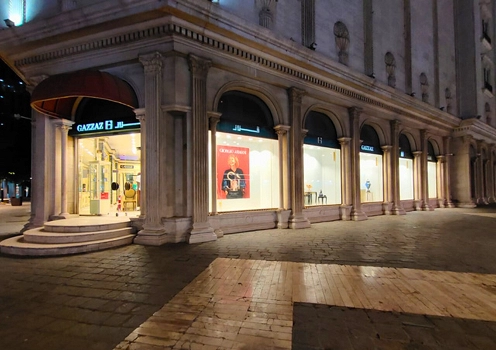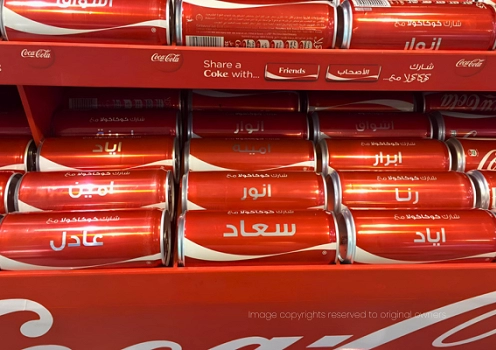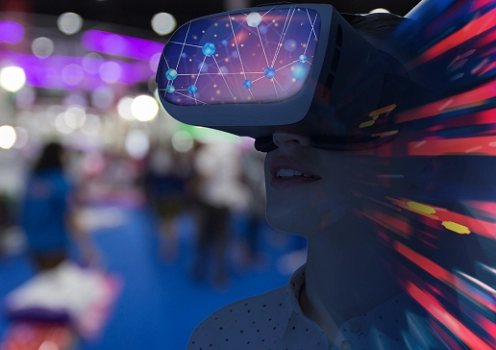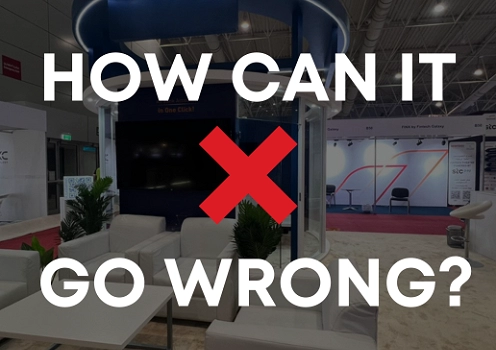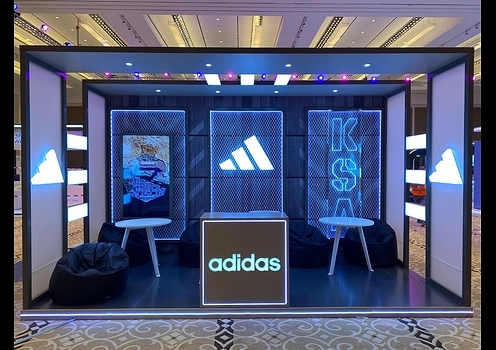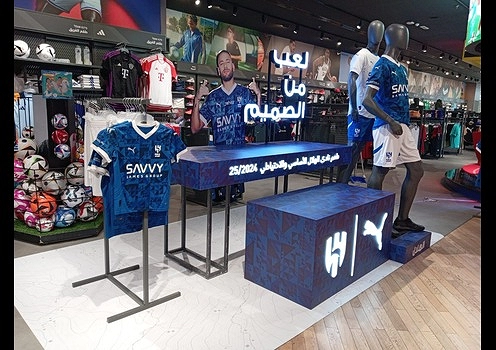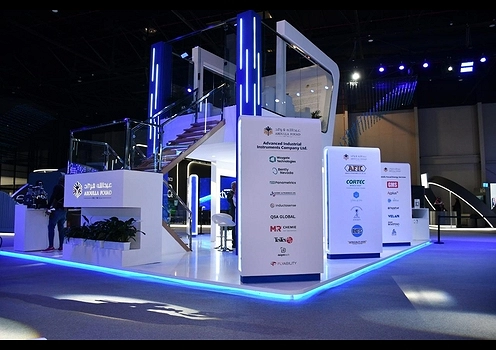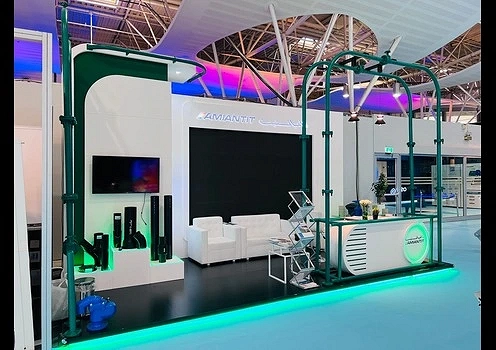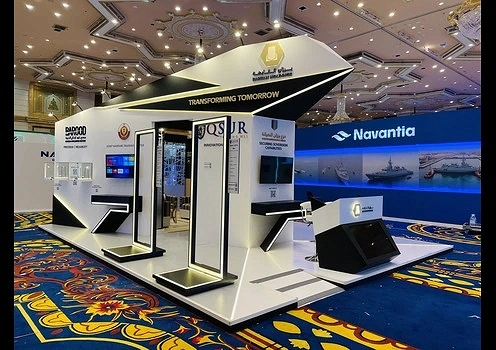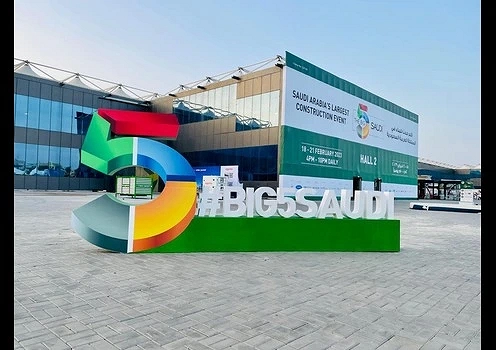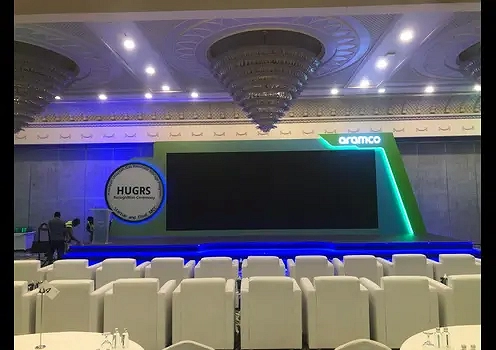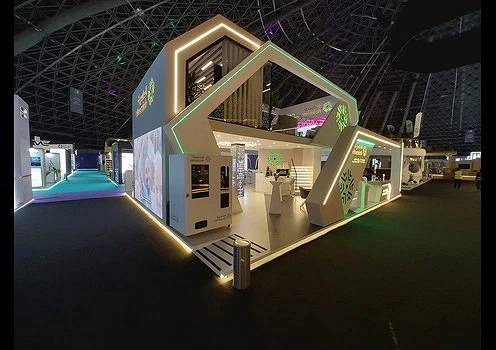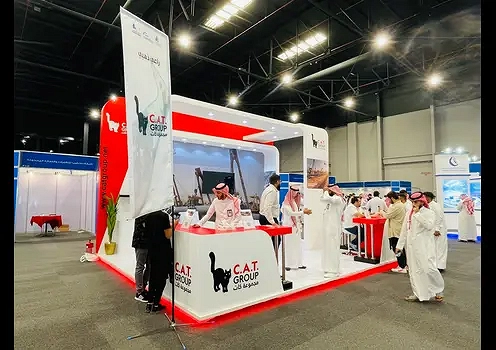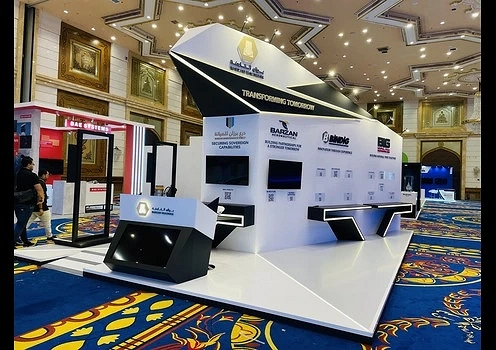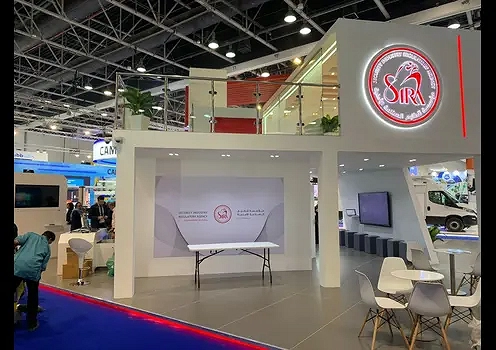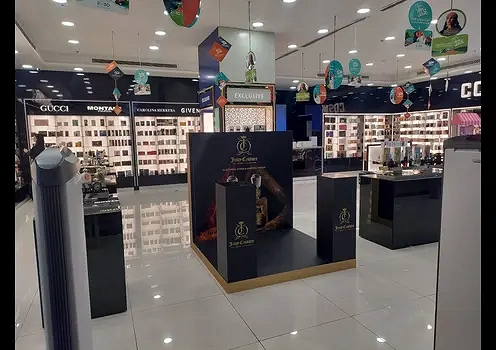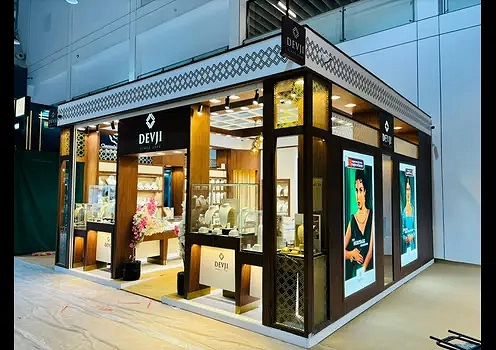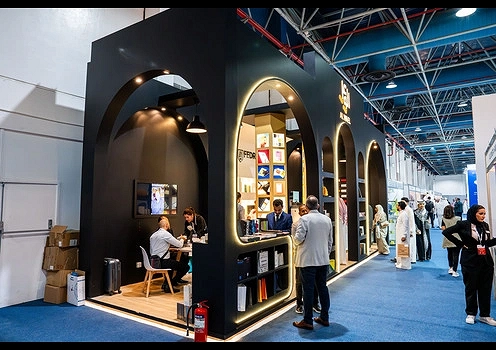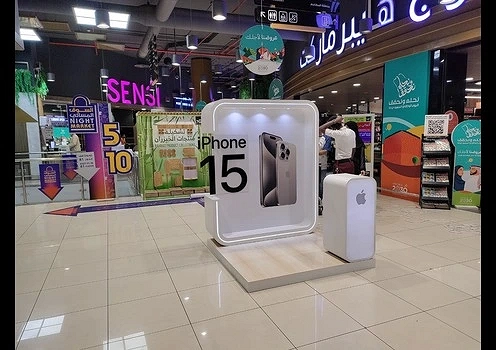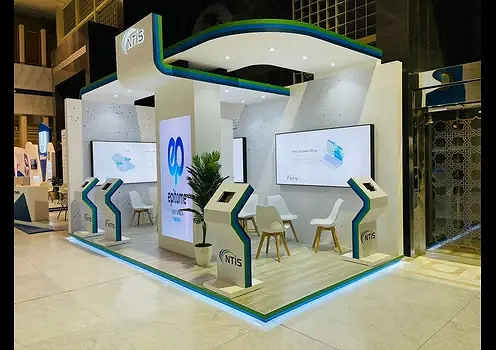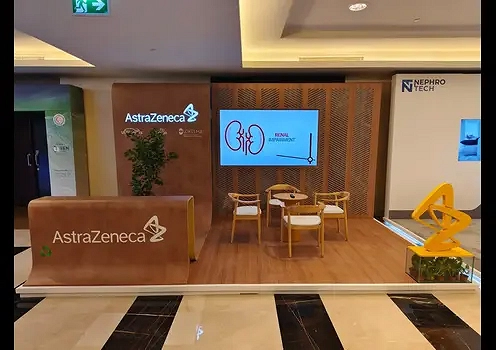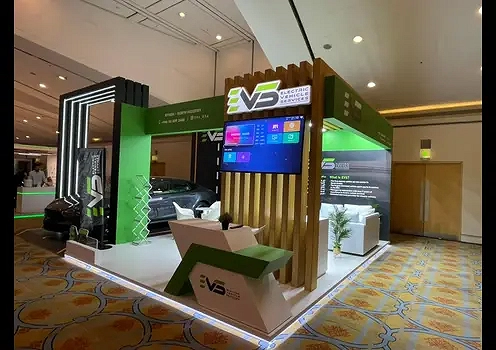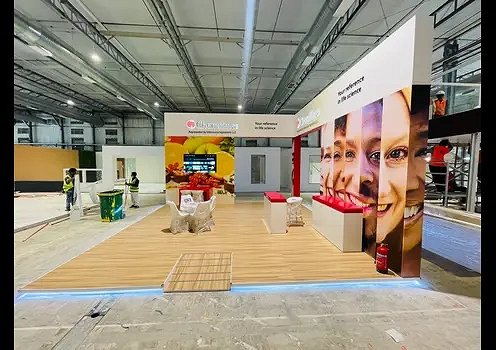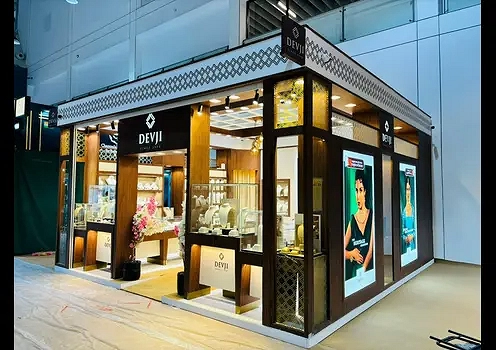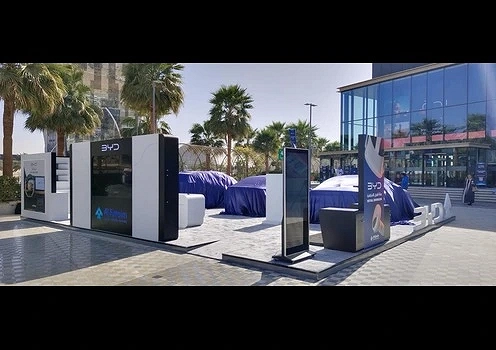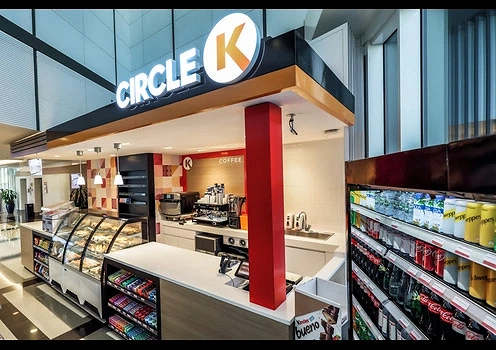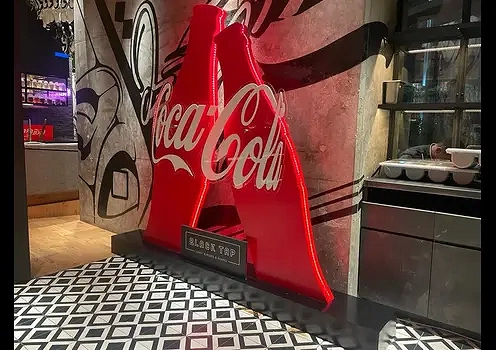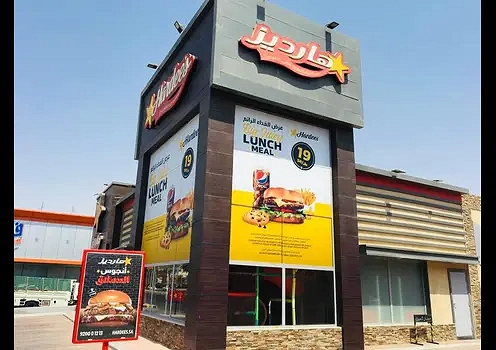The GCC region is witnessing a transformation in its advertising field. The advertising field is poised for growth and innovation driven by digitization. This article gives the key advertising trends that shape the GCC region and offers insights for businesses that aim to navigate this evolving market.
1. Digital Advertising Surge
In the GCC, digital advertising is experiencing massive growth. The market is projected to have an annual growth rate from 2024 to the future. This can increase internet penetration, mobile device usage, and content consumption on online platforms.
Key Drivers:
Mobile Dominance: Application ads are increasing because of the high smartphone penetration rate.
Social Media Engagement: The central digital marketing strategies are platforms like Instagram and Snapchat, which offer targeted advertising opportunities.
E-commerce Growth: The growth of online shopping has led to increased investment in digital advertising.
2. Programmatic Advertising Expansion
Programmatic advertising uses technological functions and has gained traction in the GCC. The market is expected to grow by a massive amount.
Benefits:
Efficiency: Automated ads can streamline the process by reducing costs and time.
Targeting Precision: Leveraging data analytics can get more accurate audience targeting and enhance campaign effectiveness.
3. Rise of Digital Out-of-Home (DOOH) Advertising
DOOH advertising is changing outdoor advertising by considering digital elements. The GCC DOOH market will grow in the future.
Advantages:
Dynamic Content: Digital billboards can be used for multiple ads, which allows engaging content.
Interactivity: Interaction with mobile devices can interact with campaigns.
Data Integration: Real-time data can give information for content changes based on factors like weather or traffic.
4. Emphasis on Creative Storytelling
Creativity is important in the market. Campaigns that resonate with audiences emotionally are more likely to succeed. Creativity remained a main factor in the advertising field.
Strategies:
Localized Content: It can tailor messages to reflect local cultures and values, which enhances relevance.
Narrative Techniques: The audience can be connected through storytelling on a personal level.
Visual Innovation: Using high-quality visuals and innovative formats by the exhibition stand contractors in Saudi Arabia captures attention.
5. Integration of Artificial Intelligence (AI)
AI transforms advertising by enabling personalization.
Applications:
Predictive Analytics: AI can predict consumer behavior while informing the formation of strategy.
Chatbots: They enhance customer service and engagement through automated interactions.
6. Influencer Marketing Evolution
Celebrity marketing continues to grow, with brands collaborating with influencers to reach targeted audiences.
Trends:
Micro-Influencers: Brands will collaborate with influencers who have smaller but highly engaged followings.
Authenticity: Audiences value genuine opinions over promotions.
7. Focus on Performance-Based Advertising
There's a shift in performance-based models, and advertisers pay based on specific outcomes.
Benefits:
Measurable ROI: For a better assessment of campaign effectiveness, clear metrics can be used.
Budget Efficiency: Spending is connected with performance and reducing waste.
Flexibility: Based on performance data, campaigns can be adjusted.
8. Sustainability and Ethical Advertising
Consumers value sustainability and ethical practices.
Implications:
Transparent Messaging: Branding needs proper communication.
Eco-Friendly Practices: Sustainable practices are becoming important in advertising production.
9. AR and VR Integration
AR and VR technologies offer immersive advertising experiences.
Examples:
Virtual Try-Ons: Christian Dior is one of the brands that uses AR tools for trying virtual products.
Interactive Campaigns: VR experiences can enhance consumer experience in many ways, which enhances brand recall.



